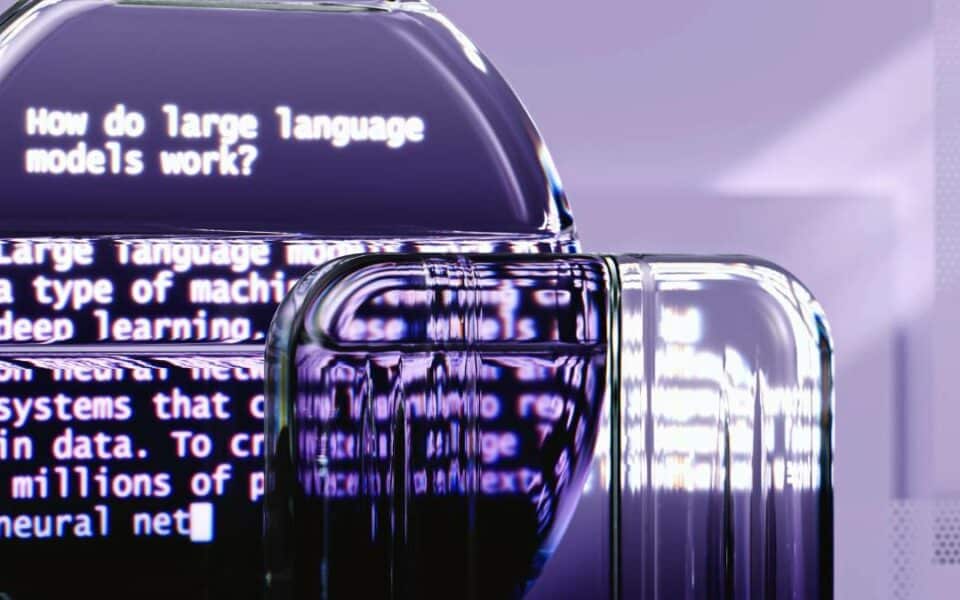
JAVA 12: New Java and its new features.
12 July 2019
Practical tips on how to improve your Lead Nurturing strategy
25 July 2019
Have you ever talked to ordinary machines that drive on the floor and clean? Theoretically, they are supposed to be intelligent, but sometimes it doesn’t look like it. They stubbornly drive into places where we don’t want them to. A small thing, but it frustrates. More and more robots around us are turning our lives in to that of the Jetsons family. Machines make us coffee, care about the heating temperature in the house and talk to us in chat rooms… And by the way are you annoyed by talking to a chatbot?
It doesn’t understand what you’re asking and still gives the wrong answers? On top of all that, it is difficult to understand the Polish language, full of variations, cases and ą, ł, ę, ó, ż, ź. Today, therefore, some golden advices for those programming professional chatbots.
On the one hand, this task is quite simple, although it requires the knowledge of the client and his behaviour. On the other, when one looks at the records of conversations between clients and poorly prepared virtual advisors, one can immediately see that it is a task for specialists. After all a chatbot simulates a real person, so his script should include all possible scenarios of conversations with potential and existing clients. And “should” is very important.
1. Lead me by the hand
We usually like simple situations in life. Questions that can be answered with “yes” or “no” without any doubt. When programming systems such as Virtual Advisor or chatbot you need to remember that the questions asked by the machine should be as specific as possible. What’s more, it’s best if the suggested answers are displayed at the same time as the questions. This will save everyone a lot of time.
For example: Instead of asking in general “What can we do for you?”, it is better to ask for the name of a specific product in the case of an online shop. If a customer describes his problem in a lengthy manner, the chatbot will misunderstand him. Additionally, if the customer asks a question using too complicated or slang vocabulary, the machine will give him the wrong answer.
2. Learn Polish diligently
Every organism, even the one based on artificial intelligence, must develop in order to be able to last. Acquire new information and modify old scripts. The chatbot should also update itself with new skills once in a while. Introduce new sentences, algorithms to follow the sentence pattern, which, as we know in Polish, can be pivotal. Add exceptions so that the program knows that the question lacks Polish diacritics and should be understood differently. This comes with time and practice, although at the beginning it is worthwhile to seek information and advice from specialists.
Thanks to the analysis of the chatbot’s work with customers, we can constantly change and develop it. Adapt it to the changing behavior of customers, teach it. Chatbot, although dead, must be alive! – says Tomasz Andrzejewski, co-owner of a company implementing automatic Customer Service solutions in companies.
3. Be polite
Our chatbot is not a Turing test, in which the interlocutor has to guess after a few questions whether he is talking to a machine or a human being. So, it is worth to let the inquiring person know at the very beginning that he or she speaks to a machine on the other side. For example, in a funny way of introducing himself. The customer’s tolerance to machine errors is then slightly higher. Chatbot can also comment in a nice way on our mistakes or incomprehensible statements. Each time, however, we should give a hint as to how to talk to the machine.
Polish language additionally adopts two forms of communication – formal and more casual. Therefore, we have to determine at the very beginning whether we will speak to our clients by name or take a more official form. Another problem is the conjugation of verbs. After all, we address women differently to men, so the number of grammatical permutations is growing. Be aware of this!
4. Always have an emergency exit
Sometimes, however, the problem is too complicated for the machine. Despite our sincere willingness and extensive conversation scenarios, the matter addressed by the client to the chatbot requires a conversation with a live employee.
When planning our automatic customer service office, it is worth to foresee such a gateway and allow for a connection with a living representative of the company, for example by phone or e-mail. Usually, the things that customers turn to us with are typical and easy to predict – these can be handled by a professionally programmed chatbot. So, to the employees in the office we leave solving the more serious problems of our customers.
5. Save my time
It is not elegant to force customers to break through text-filled screens. We are not fond of reading; it is clearly indicated by statistics and research. Therefore, it is important that the questions and answers of the chatbot are as concise as possible. Humans naturally read abbreviations, so we don’t mind if the information is concise. They can be decorated with emoticons. That allows for the cold bot to seem a bit more humanlike to the client.
Unfortunately, we cannot demand the same regime from our clients. From the programming side of a professional chatbot we have to prepare ourselves for the often-lengthy explanation of a simple problem or completely puzzling queries. If our group of recipients is very wide, we have to prepare the system for questions asked by 7 and 80-year olds. With each of these groups our chatbot should be able to cope with.
6. Be prepared for insults
It’s much easier for us to insult machines than people. Some of our customers, whenever they see that they are writing with a machine, they let themselves loose to their heart’s content, often using sophisticated vocabulary like from a beer booth. Wearing filters to detect vulgarisms is one of the solutions. The second is certainly the preparation of witty, but firm answers for the rude customer. It is also worth considering why our client succumbed to such emotions in contact with our brand. Maybe it was the fault of a badly programmed chatbot?
7. You don’t know – ask and watch
Every business is different and yet we have many similarities. After all, there are solutions that have been successfully implemented in other similar companies. It is not worth to force yourself through the same door once again, if you can use the existing systems. Many companies, such as the aforementioned Greenlogic from Wrocław, have gone through a painful path of analysis, building scenarios, exceptions and rules, and their systems based on global solutions are applied in many companies. It should be remembered, however, that imported solutions are often adapted to a much simpler language, i.e. English. Only after locating it in Polish conditions, taking into account the subtleties and complexities of our language, makes business sense.
Of course, each system requires modification and arrangement of the conversation according to the individual needs of the organization. But often at the level of basic daily customer inquiries, the use of ready-made scenarios seems to be optimal. Thanks to this, the traditional telephone customer help service department receives only significant problems, which even a well-programmed machine couldn’t handle.


